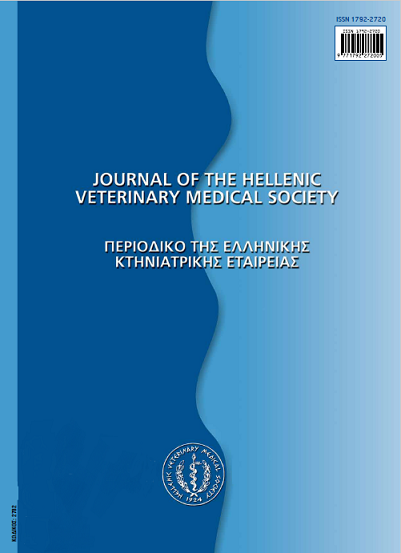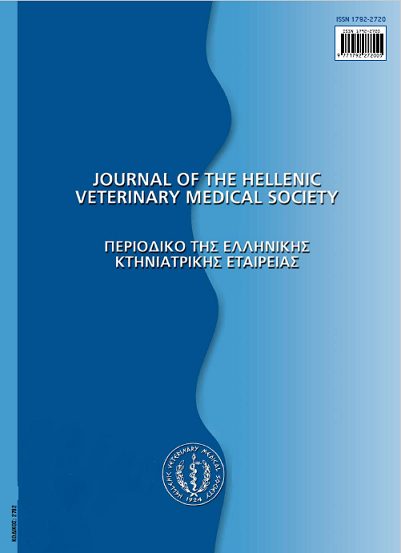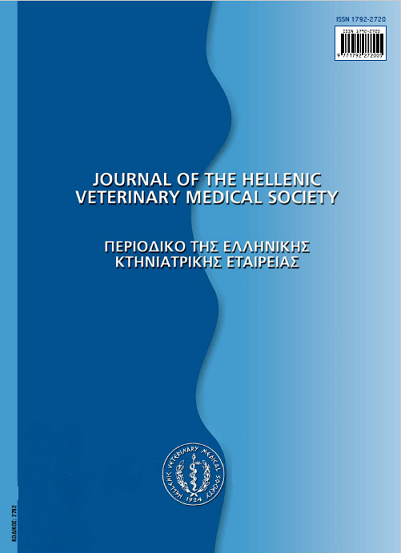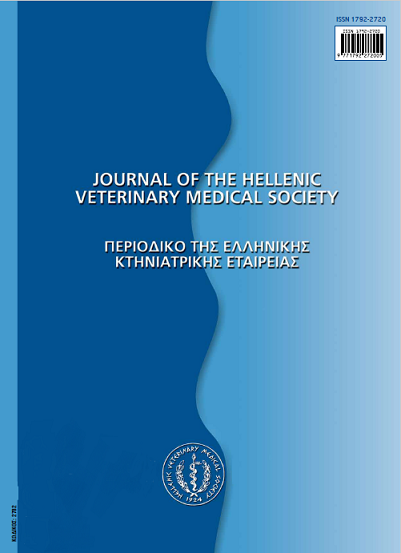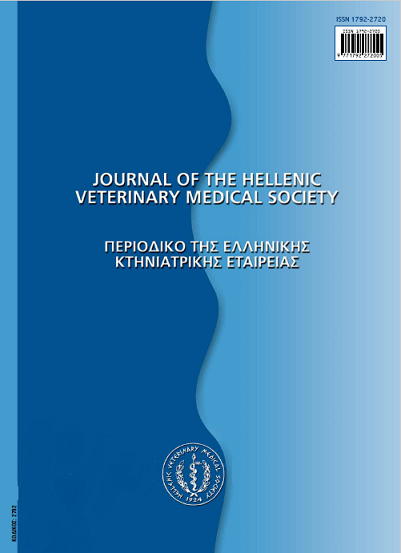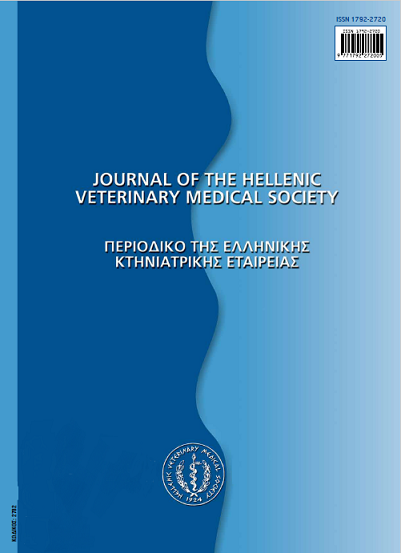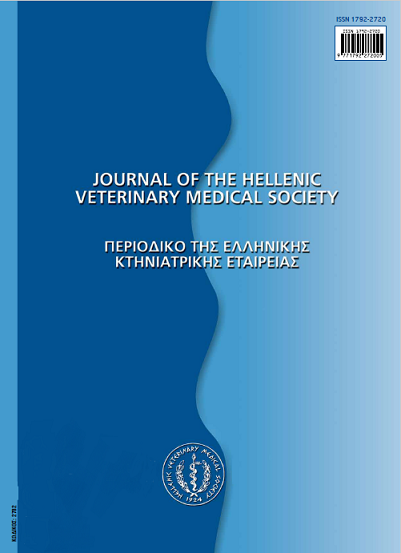Aflatoxins in foods of animal origin
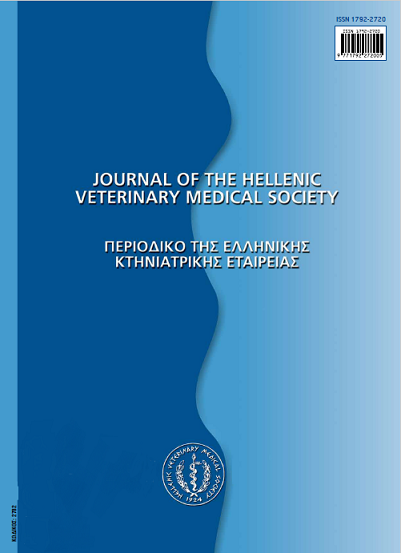
Abstract
Anatoxins are produced by various types of Aspergillus spp. fungi in a wide variety of foods and feeds. Anatoxins are toxic to human and animals, acute and chronic. In humans, they can cause liver cancer, chronic hepatitis and cirrhosis. Among the four main aflatoxins (B1? B2, Gx and G2), aflatoxin Βχ (AFBi) is the most frequently found in feeds and the most toxic one. The most important aflatoxin in foods of animal origin is aflatoxin M4 (AFM4), which is the principal hydroxylated metabolite of AFB! AFM4 is mainly found in milk from lactating animals consuming feed contaminated with AFB^ Surveys carried on the occurrence of AFM4 in raw milk in various countries all over the world during the past 15 years, showed that contamination levels were low in European Union and USA, but high in certain countries of Africa, Asia and Latin America. Other global surveys on the occurrence of AFM4 in foods of animal origin (meat, eggs etch) showed that the level of the toxin is low as compared to milk and dairy products. European Union has set the maximum residual limit (MRL) for AFM4 of 0.05 μg/kg and 0.025 μg/kg in raw milk and milk powder for infants, respectively. In order to protect the consumer's health, control measures should be applied to avoid contamination of feed and foods with aflatoxins.
Article Details
- How to Cite
-
GOVARIS (Α. ΓΚΟΒΑΡΗΣ) A. (2017). Aflatoxins in foods of animal origin. Journal of the Hellenic Veterinary Medical Society, 60(4), 534–543. https://doi.org/10.12681/jhvms.14940
- Issue
- Vol. 60 No. 4 (2009)
- Section
- Review Articles
Authors who publish with this journal agree to the following terms:
· Authors retain copyright and grant the journal right of first publication with the work simultaneously licensed under a Creative Commons Attribution Non-Commercial License that allows others to share the work with an acknowledgement of the work's authorship and initial publication in this journal.
· Authors are able to enter into separate, additional contractual arrangements for the non-exclusive distribution of the journal's published version of the work (e.g. post it to an institutional repository or publish it in a book), with an acknowledgement of its initial publication in this journal.
· Authors are permitted and encouraged to post their work online (preferably in institutional repositories or on their website) prior to and during the submission process, as it can lead to productive exchanges, as well as earlier and greater citation of published work.



